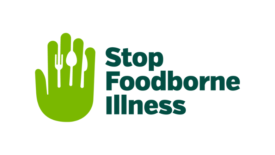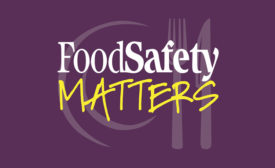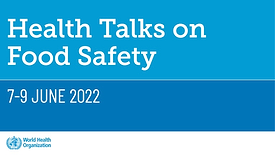Management
Cyber as a Vital Element in Comprehensive Food Safety and Defense Programs
Food safety professionals must be aware of new challenges and vulnerabilities
June 10, 2022
Global Food Safety Culture: Asia
Food safety culture in Asia spans culturally diverse regions, but three broad types of leadership are identified in two types of companies
June 10, 2022
The Return to Normal—Ready to Travel Again?
Ongoing travel restrictions at food companies vary widely for 2022, with "essential travel" taking on different meanings at different organizations
June 10, 2022
Changing Culture to Improve Food Safety
The CEOs of Birchwood Foods and Kwik Trip, Inc. share lessons learned from their journeys to improve food safety at their organizations
June 8, 2022
Never miss the latest news and trends driving the food safety industry
eNewsletter | Website | eMagazine
JOIN TODAY!Copyright ©2025. All Rights Reserved BNP Media.
Design, CMS, Hosting & Web Development :: ePublishing













